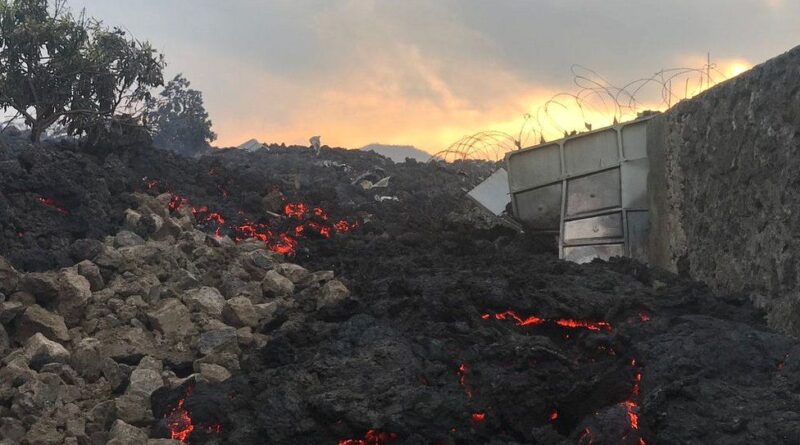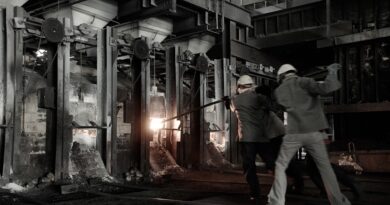Alphamin unaffected by the volcanic eruption in Goma
MAURITIUS – Alphamin Resources Corporation wishes to express its sincere condolences to the people of Goma following the loss of life and damage caused by the eruption of the Nyiragongo volcano adjacent to the city of Goma.
The Company’s Bisie tin mine is located some 200km to the West of the city of Goma with established import and export routes via Beni (350km north of Goma) in the DRC, through Uganda and ultimately Kenya.
These routes do not transverse via Goma and the export route is currently unaffected by lava flows. The Company does operate a small support office in the city of Goma and all staff are accounted for, safe and continue to support the operations in their existing roles.
Some disruption of Government Services relating to export documentation has occurred and assuming no further volcanic eruptions, these services are expected to return to normal in the first week of June.
At least 22 deaths have been confirmed following Saturday’s eruption of Mount Nyiragongo. But the lava stopped short of the city’s built-up area. This avoided the level of death and destruction witnessed in 2002. The lava stopped in the Buhene district, on the outskirts of Goma, burying hundreds of houses and even large buildings. Reconstruction efforts are likely to take months. There are fears that more deaths may be confirmed as people return to the remains of their houses.
Mount Nyiragongo is one of the world’s more active volcanoes but there were concerns that its activity had not been properly observed by the Goma Volcano Observatory, since the World Bank cut funding amid allegations of corruption.
Professor Mike Burton, a volcanologist at the University of Manchester in England, said that the lava in Mount Nyiragongo is particularly fluid and has the potential to move fast. In a report on 10 May, the observatory warned that seismic activity at Nyiragongo had increased.
Last year, the observatory’s director, Katcho Karume said that the volcano’s lava lake was filling up quickly, increasing the chances of an eruption in the next few years. But he also warned that an earthquake could trigger a disaster earlier.
The volcano’s deadliest eruption happened in 1977, when more than 600 people died.




